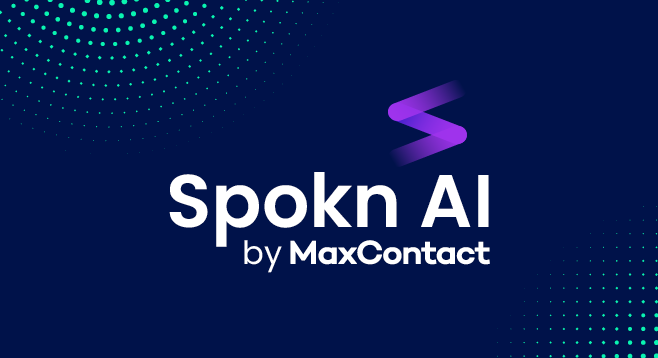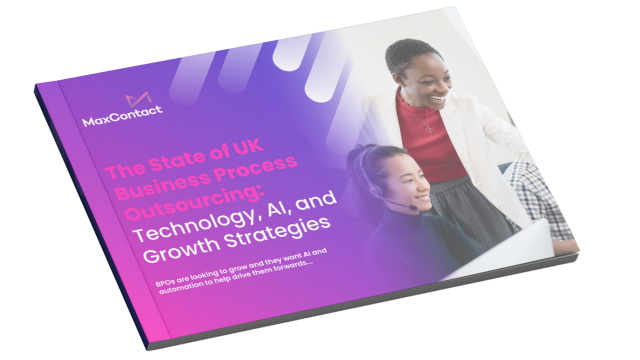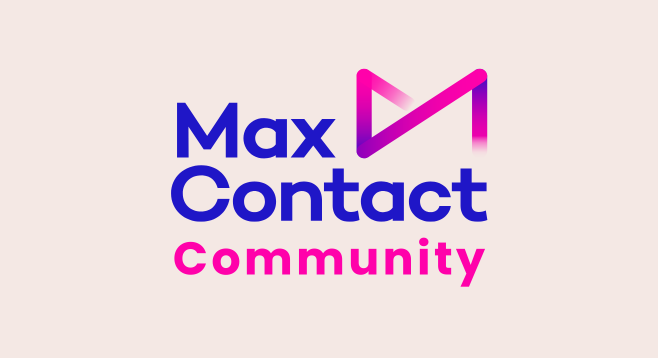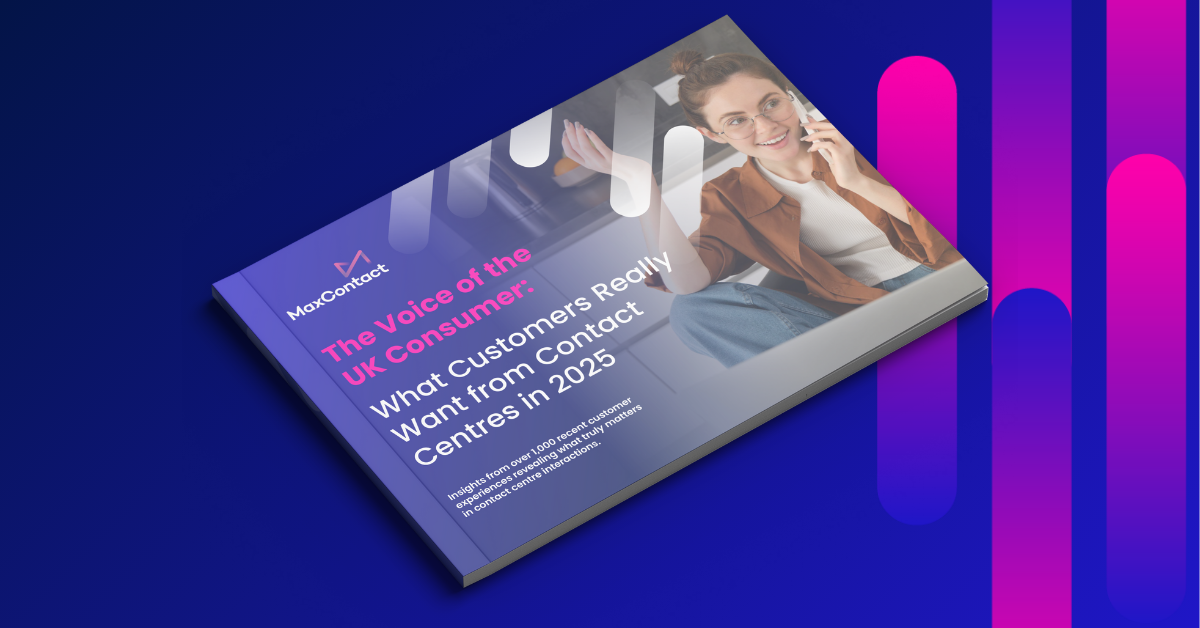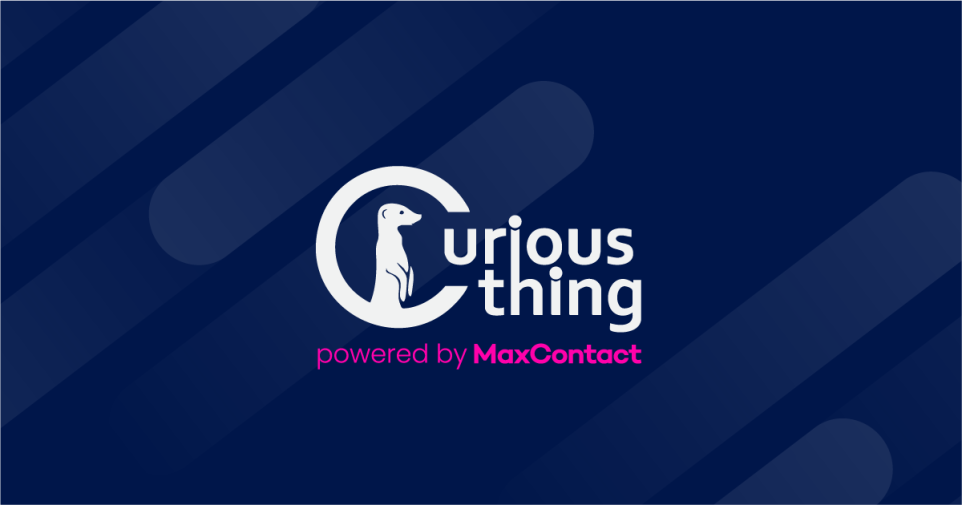The challenge is clear: Debt collection operations face a growing dilemma. Customer debt levels are at record highs, yet traditional collection methods are becoming less effective and more expensive. For teams managing high-volume recovery operations, this creates mounting pressure to do more with the same resources – often leading to frustrated agents and disappointing results.
The debt collection landscape has shifted dramatically. UK household debt reached approximately £2 trillion in the first half of 2024, creating unprecedented demand for collection services. Yet traditional recovery approaches are struggling to keep pace with this growing challenge.
For operational leaders, this presents a fundamental challenge: how do you scale debt recovery operations without proportionally scaling costs, especially when traditional methods are hitting efficiency limits?
The Reality of Manual Collection Operations
Walk into any traditional debt collection contact centre and you’ll see the same pattern. Agents spend their days making call after call, often with little to show for it. Industry benchmarking data from UK debt collection professionals shows that the average Right Person Connect (RPC) rate is just 26%, meaning nearly three-quarters of calls don’t reach the intended person.
This creates a cascade of inefficiencies. Agents make dozens of calls to reach a handful of people, many of whom aren’t the right person or available to have a meaningful conversation. Industry research reveals that call centre agents spend 30% of their working day on unsuccessful call attempts. The result? Teams burning through time and resources on activities that don’t drive results.
The human cost is significant too. Debt collection has some of the highest turnover rates in the contact centre industry, with many agencies reporting rates between 75% and 100%. It’s not hard to see why – repetitive dialling, difficult conversations, and constant pressure to hit targets in an inefficient system take their toll.
Why Traditional Approaches Are Struggling
Several factors are making manual collection methods increasingly challenging:
Customer expectations have evolved. People want to engage on their terms, through their preferred channels, at times that work for them. Traditional collection approaches – primarily phone calls during business hours – don’t align with how people want to communicate today.
The nature of debt has changed. UK households are under increasing financial pressure, with 44% of adults living in financially vulnerable circumstances – a 16% increase since 2022. Recent research shows that 13% of UK adults (equivalent to 6.8 million people) are struggling to meet day-to-day costs, making debt recovery conversations more sensitive and complex.
Regulatory complexity is increasing. The Financial Conduct Authority’s Consumer Duty has heightened focus on customer outcomes, requiring collection practices to demonstrate genuine customer benefit rather than just compliance. When two-thirds of UK adults who have interacted with a debt collector describe the experience as “stressful,” it’s clear the industry needs to evolve its approach.
The Hidden Costs Add Up Quickly
When collection operations rely heavily on manual processes, costs accumulate in ways that aren’t always immediately visible:
Training becomes a constant expense. High turnover means continuous hiring and training cycles. New agents need weeks to become productive, during which they’re generating costs rather than recoveries.
Productivity plateaus. There’s a natural limit to how many meaningful conversations an agent can have in a day when they’re spending most of their time on unproductive activities like leaving voicemails or speaking to wrong numbers.
Opportunity costs mount. When teams focus on high-volume, low-value tasks, there’s no capacity for the strategic work that drives better outcomes, like developing payment plans, understanding customer circumstances, or building relationships that lead to long-term resolutions.
Customer relationships suffer. Poor experiences during collection attempts can damage relationships, making future recovery efforts even more difficult and reducing the likelihood of successful resolution.
What Leading Operations Are Doing Differently
Forward-thinking collection operations are recognising that the traditional model needs to evolve. They’re finding ways to be more efficient while maintaining the human touch that effective debt collection requires.
The most successful approaches share common characteristics: they meet customers where they are, use technology to handle routine tasks, and free up human agents to focus on complex situations that require personal attention and problem-solving skills.
Leading operations are proving that dramatic efficiency improvements are achievable through smarter technology adoption. The UK debt collection market, valued at £2.0 billion in 2024 with 13.26% growth from 2023, demonstrates there’s significant opportunity for those willing to innovate.
Technology as an Enabler, Not a Replacement
The solution isn’t about replacing human agents with robots. It’s about creating a smarter division of labour where technology handles what it does well – routine tasks, initial contact, basic information gathering – while humans focus on what they do best: building relationships, solving complex problems, and providing empathy in difficult situations.
Digital voice agents can operate around the clock, meeting customers when they’re available rather than when your contact centre is open. They can handle payment reminders, frequently asked questions, and initial contact attempts, identifying which situations need human intervention and which can be resolved automatically.
This approach addresses both sides of the challenge: it improves efficiency and reduces costs while creating better experiences for customers. Industry data shows that one in five UK customers prefer to set up a payment plan, and most choose monthly repayments when given the option through digital channels.
The Path Forward
The debt collection industry is at a crossroads. Operations that cling to outdated methods will find themselves struggling with rising costs and declining effectiveness. Those that embrace smarter approaches, using technology to enhance rather than replace human capabilities, will thrive.
The goal isn’t to eliminate the human element from debt collection. It’s to ensure that human interaction happens where it adds the most value: in complex negotiations, empathetic conversations with people facing genuine hardship, and situations that require creative problem-solving.
By automating routine tasks and improving initial contact rates, operations can focus their human resources on the conversations that truly matter. This leads to better outcomes for everyone: more recovered debt for creditors, more manageable payment solutions for customers, and more meaningful work for collection agents.
The question isn’t whether debt collection will evolve, it’s whether your operation will be leading that evolution or struggling to catch up.
Ready to see how AI agents can transform your collections operation? Let’s talk about your specific challenges and explore how MaxContact’s digital voice agents can help you recover more debt while keeping overheads controlled.
